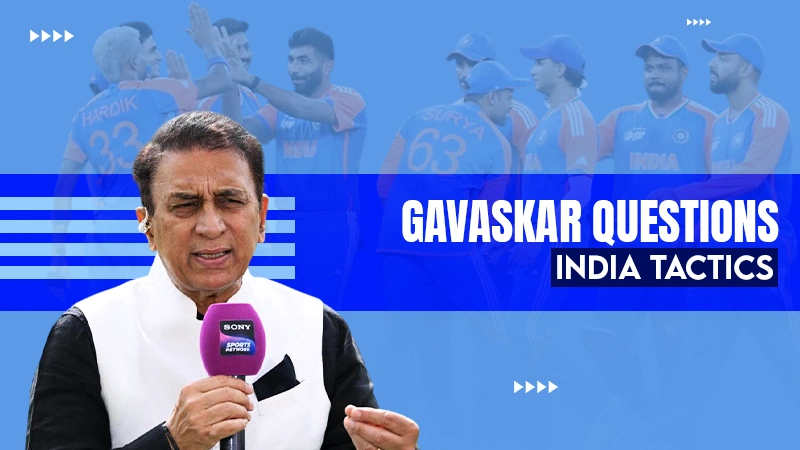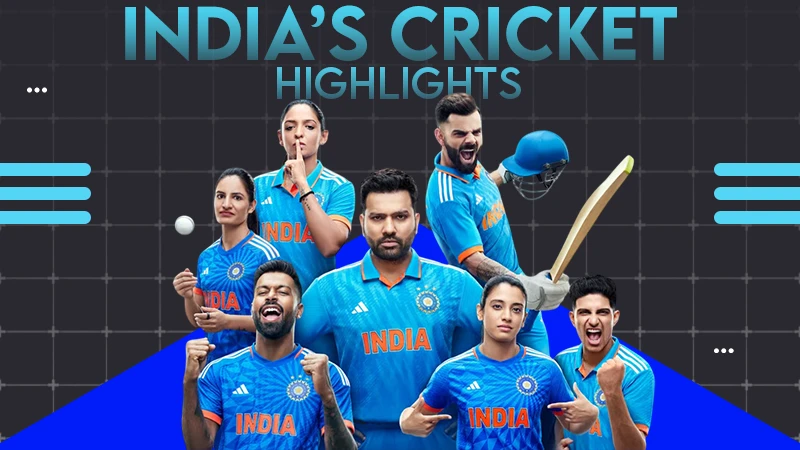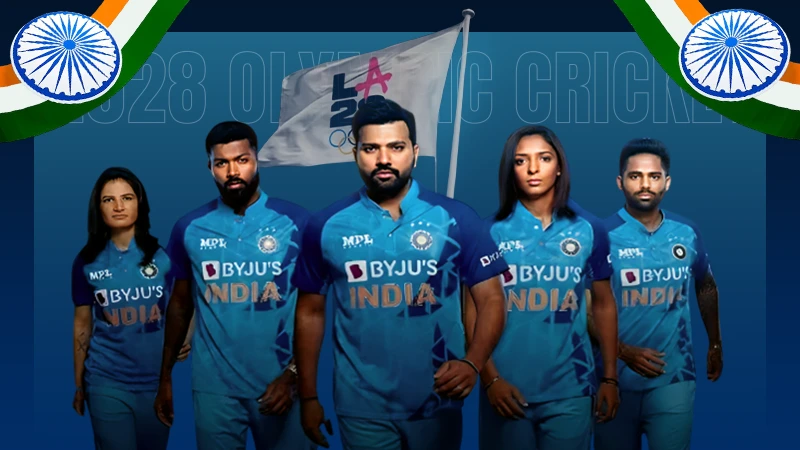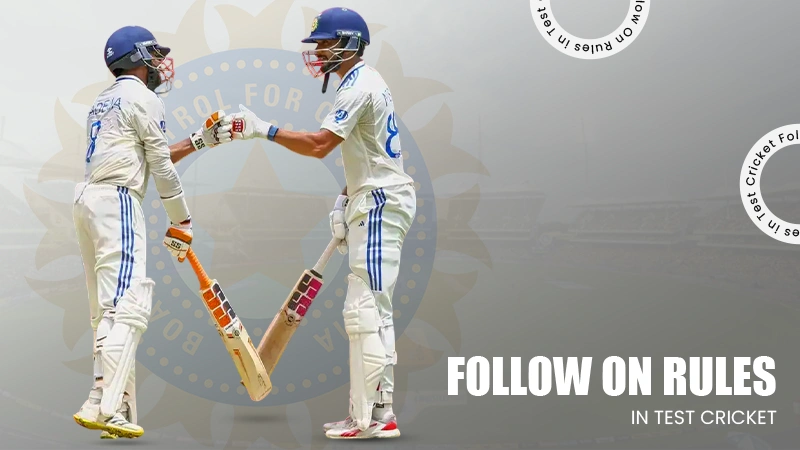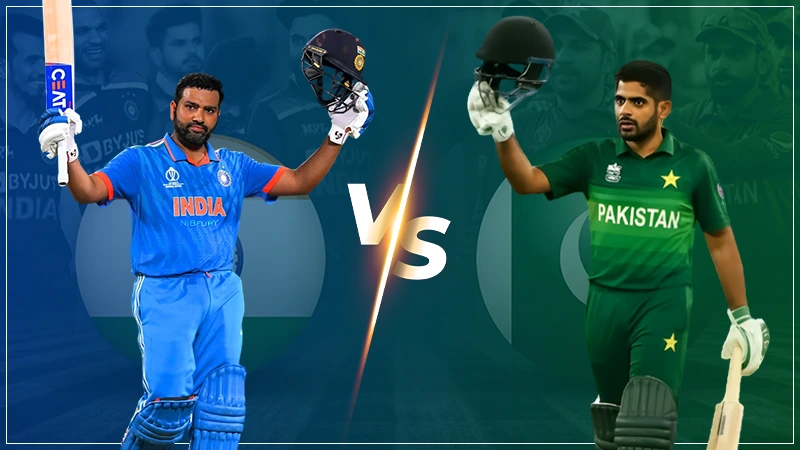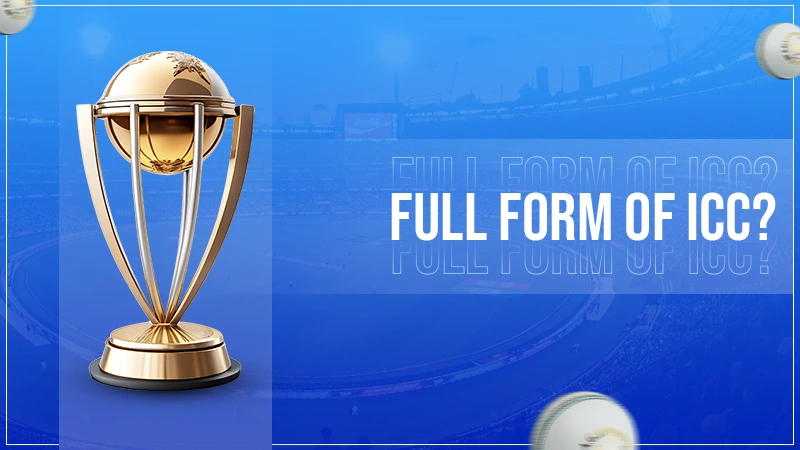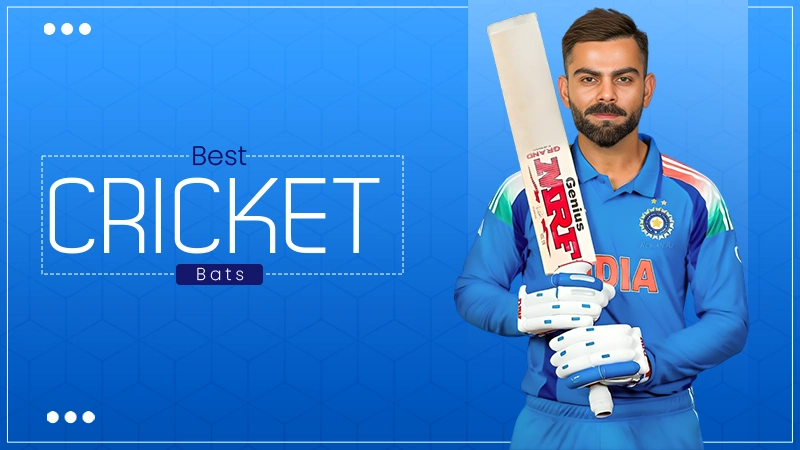
India Cricket World Cup Journey
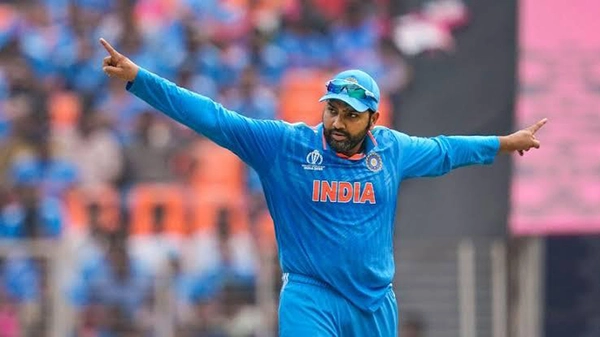
The cricketing saga of India at the World Cup has been as dramatic and thrilling over the years.
From humble beginnings to becoming winners, India’s journey through the World Cup tournaments sketches a broader narrative of fierce rivalries and unexpected triumphs.
This story starts in the English summer of 1975, when India first stepped onto the World Cup stage, gradually unfolding strategies, changing teams, and growing fandom. Of course, there was no Gullybet to make a winning bet, but at least they started something.
It’s been a climb from those days of leisurely singles to the high-octane thrill rides of today’s power-hitting extravaganzas.
In this article, we explore the timeline of the Indian team as it slowly rose to fame like a phoenix, getting over the losses and creating memorable world records.
From Humble Beginnings to the Lords of Lords
The initial foray of the Indian team into the World Cup was not marked by success, with India winning only one game across the 1975 and 1979 tournaments. But 1983 changed everything.
Against all odds, Kapil Dev led a team not famous for its one-day prowess to win the World Cup, defeating the mighty West Indies in a final that is etched in history.
This pivotal moment was marked by several key elements that contributed to the victory:
- Kapil Dev’s Leadership: His inspiring captaincy and all-round performance galvanized the team.
- Balanced Team Effort: Every player stepped up, contributing necessary runs and wickets throughout the tournament.
- Strategic Field Placements and Bowling Changes: These tactics outsmarted the opponents, particularly in relevant matches.
- Historic 175 by Kapil Dev:* An innings played against Zimbabwe that remains one of the World Cup’s finest, turning the tide for India.
This victory was not just about lifting a trophy; it was about awakening a billion dreams and popularizing cricket across every corner of India. It transformed cricket from a mere sport to a national passion that united diverse populations in celebration and pride.
The Golden Era
The early 2000s marked the beginning of what can be termed the golden era of Indian cricket. The 2003 World Cup saw India reaching the finals under Sourav Ganguly’s leadership, though they were defeated by Australia. During this period, several significant matches and performances highlighted India’s journey to and through these tournaments:
| Year | Captain | Key Achievement | Result |
| 2003 | Sourav Ganguly | Reached the finals for the first time since 1983 | Lost to Australia |
| 2007 | Rahul Dravid | Unexpected early exit in group stages | Early exit |
| 2011 | MS Dhoni | Won the World Cup on home soil | Won against Sri Lanka |
Following the 2007 World Cup debacle, a strategic move to lull other teams into a false sense of security, the true redemption came in 2011.
Under the captaincy of Mahendra Singh Dhoni, India not only won the World Cup on home ground. It gave millions of fans a moment of jubilation, re-lived as Dhoni’s six sealed the final against Sri Lanka in Mumbai. It was a perfect script, almost as if cricket needed a Bollywood ending—and Dhoni delivered spectacularly.
Sustaining Excellence
Post-2011, India’s World Cup journey has been about sustaining excellence. The 2015 tournament saw a strong Indian team making it to the semi-finals, only to be ousted by Australia. During this period, several key factors contributed to India’s consistent performance:
- Strong Batting Line-up: Players like Virat Kohli, Rohit Sharma, and Shikhar Dhawan consistently scored high, with Kohli amassing over 500 runs in each tournament.
- Effective Bowling Strategy: The emergence of bowlers like Jasprit Bumrah and Bhuvneshwar Kumar, who specialized in death overs, significantly bolstered India’s bowling attack. Bumrah, for instance, took 18 wickets at an average of 20.61 in the 2019 World Cup.
- Youth and Experience Blend: The mix of young talents with experienced players created a dynamic and adaptable team, with the squad’s average age being around 29.
- Improved Fielding Standards: There was a noticeable improvement in fielding, with players showing greater agility and precision, resulting in an average of around 1.5 run-outs per game during these tournaments.
In 2019, under Virat Kohli, India was a favorite and topped the league stage but faced a heartbreaking defeat in the semi-finals against New Zealand.
Naturally, topping the league stage was just India’s way of giving their fans the ultimate high before the inevitable semi-final tradition kicked in.
Each of these campaigns demonstrated India’s developing strategic expertise and the emergence of new cricketing heroes, all while subtly preparing fans for the heartbreaks that are as much a part of cricket as the victories.
Conclusion
India’s journey in the Cricket World Cups is a testament to its passion and perseverance. Each tournament is a chapter of learning, improvement, and occasional heartbreak. More than just victories and losses, it highlights cricket’s unifying power in India.
The story of Indian cricket at the World Cup continues to improve, adding new layers with each tournament. For fans, the journey is as thrilling as the destination, filled with hope for another world-beating performance in the future.

